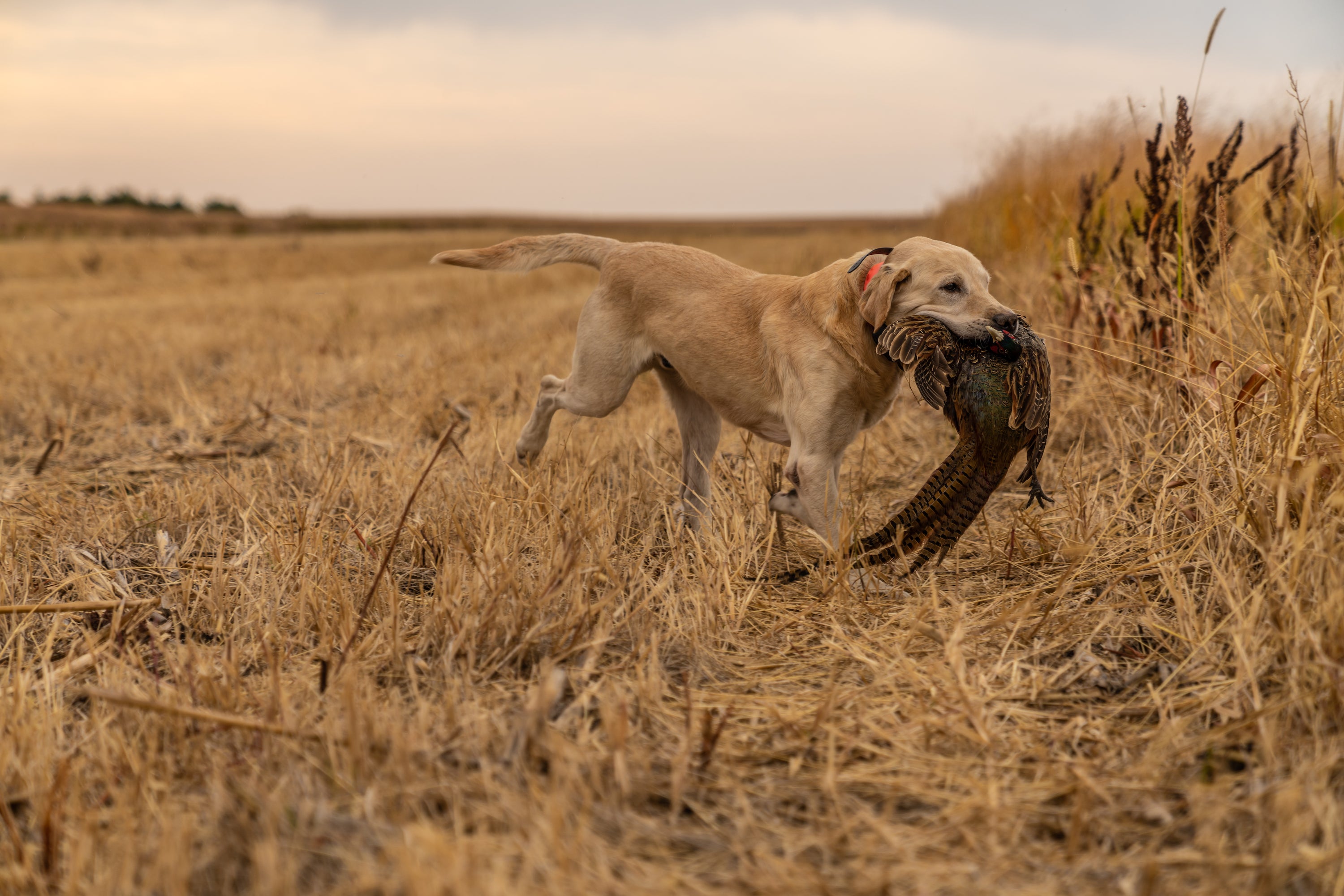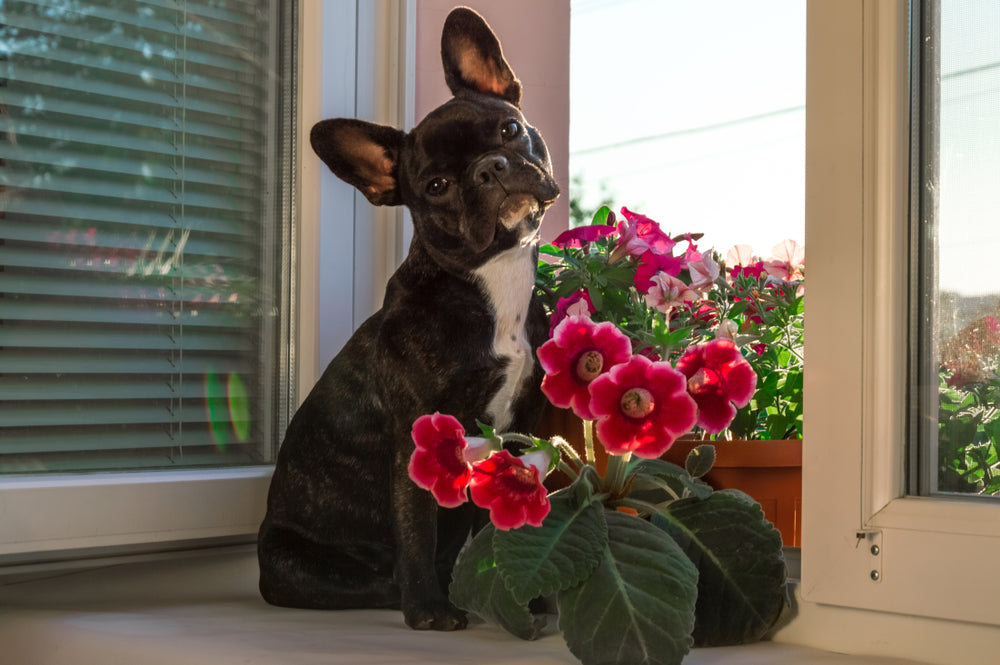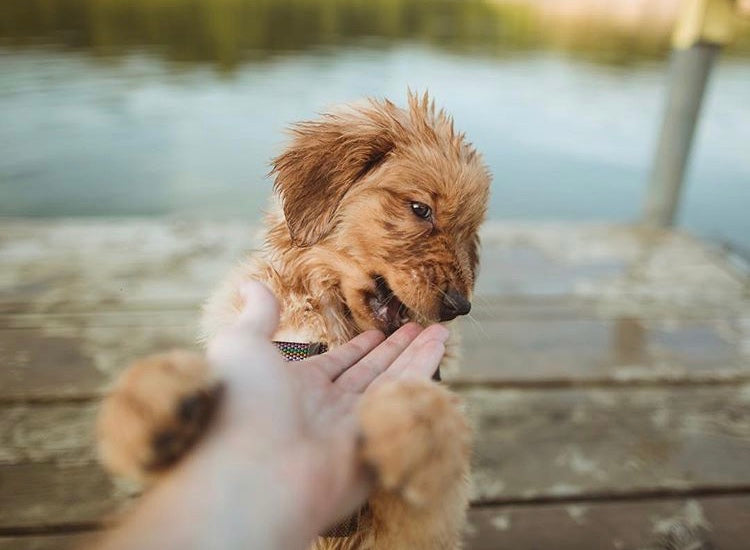It’s the middle of the day, and your pup is sound asleep on the couch, looking as peaceful as can be. Suddenly, he starts whimpering, moving his legs and tail, or “running” while his eyes are still closed. Could he really be dreaming?
Scientists believe that dogs not only dream, but they dream similarly to us humans. Have you ever had a dream that included moments from your day? Dogs can have this same experience.
In today’s blog, we look at research and insight from Matt Wilson, a neuroscientist studying memory and learning at the Massachusetts Institute of Technology, about how and why dogs dream.
How do we know dogs dream?
“When you look at brain structure, when you look at sleep physiology, the brain activity that goes on, the equivalence of the sleep states, it’s all very comparable,” says Wilson, regarding the mammal family tree.
Humans experience dreams during the rapid eye movement (REM) stage of sleep, and so do our furry friends!

What is your dog dreaming about?
When humans have dreams, they vary from actual experiences about a person or event to something completely fabricated in the mind. “The dream experiences can be traced back to real experiences,” says Wilson. “It’s memory that’s being used to synthesize the content of the dreams.”
So, if your furry friend is constantly playing ball or running around with you outside, they are most likely having a dream about this. These experiences could be elevated, or even include new scenes. This explains all that movement!

Could your dog have a medical condition?
During REM sleep for dogs, all the flicking and twitching you may notice is completely normal. The smaller muscles aren’t paralyzed like the larger ones during this cycle.
“Dogs just have a lot more movement in their sleep than other species, so they’ll routinely paddle their paws and flop around a little bit with their limbs,” says veterinarian Joan Hendricks, dean of the School of Veterinary Medicine at the University of Pennsylvania. “They’re just more vigorous. That’s all normal.”
These normal sleep behaviors are far from the symptoms of a seizure, which is a lot more distinct. The body movements tend to be faster and more pronounced, and you can’t bring the dog out of it by calling their name.
Should you wake up your dog while they’re dreaming?
While there is a lot of temptation to wake up a dog twitching in their sleep, it’s best to let them continue their slumber. When your dog is in the REM stage, it can be startling for them to wake up. So, whether they are dreaming or not, let them get their snooze on!











